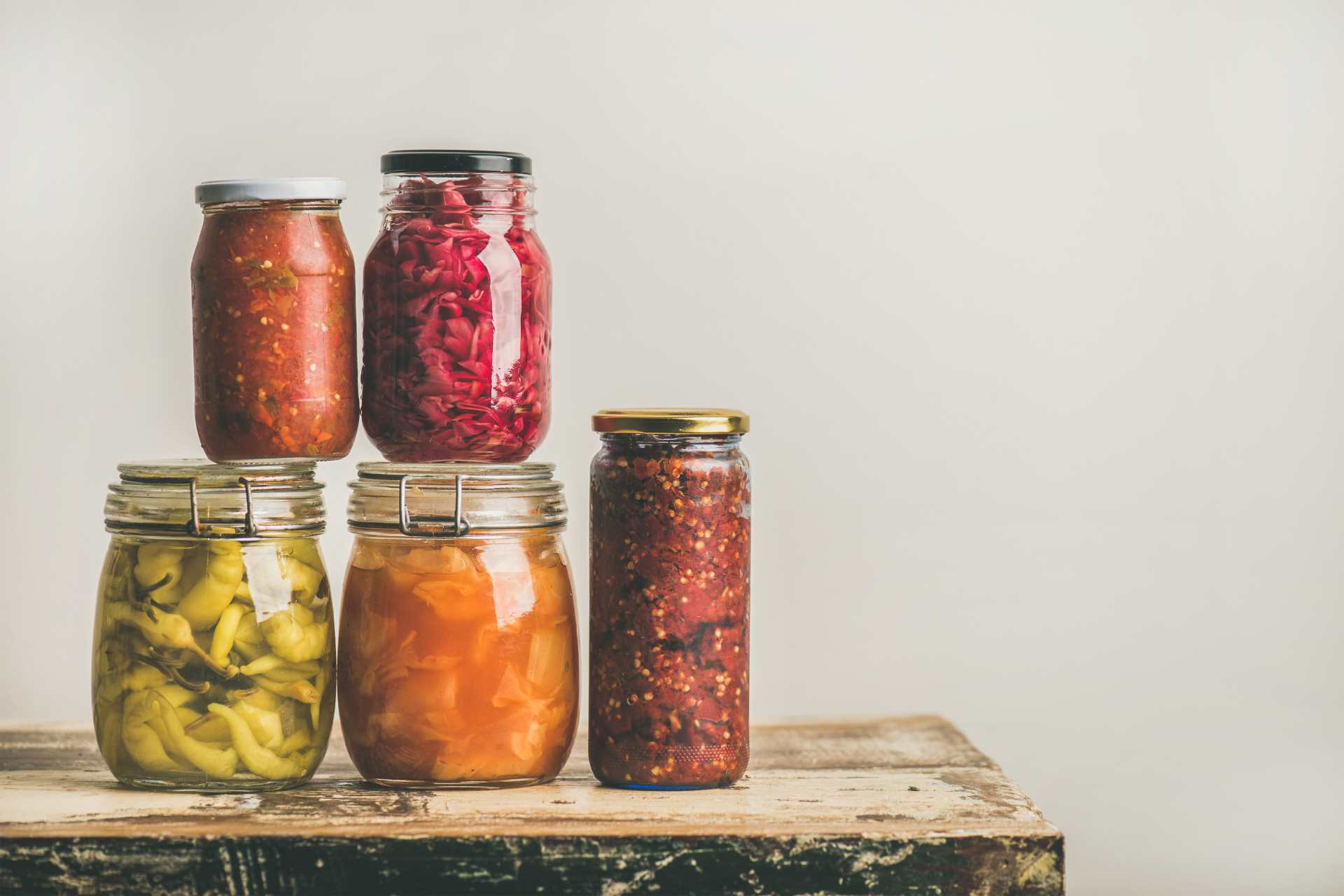Pickles are a traditional and popular food type that has been used in different cultures for centuries and prepared with different methods. In this article, we will examine the history, origins, and place of pickles in world cultures.
The Origin of Pickles
The word “turşu” came into Turkish from Persian and was originally used to mean “wine.” However, over time, this word began to be used specifically for vegetables and fruits preserved with vinegar. The origin of pickles dates back to the time before Christ, and there is evidence that they were used in civilizations such as ancient Egypt, Mesopotamia, and Rome. During these periods, vinegar, salt, and spices were used to preserve food for a long time.
History of Pickles
To learn more about the history of pickles, we will take a look at different periods and regions.
Ancient Egyptian Period: Egyptians preserved vegetables and fruits using pickles, dating back to 2400 BC. Especially caviar, cabbage, and cucumber pickles were very popular. Also during this period, pickles were believed to have health benefits and were therefore recommended by doctors.
Ancient Greek Period: Pickle making was also popular in Ancient Greece. The Greeks, who preserved vegetables and fruits, especially by using grape vinegar and balsamic vinegar, preferred this method for health and taste. Also during this period, pickles were thought to provide energy and endurance for athletes.
Roman Empire Period: In the Roman Empire, pickling was a frequently used method to preserve food. Vegetables such as cabbage, onions, carrots, and cucumbers were pickled and provided food for soldiers and sailors on long voyages. Also, during this period, pickles were believed to be beneficial to the digestive system.
Middle Ages: In the Middle Ages, pickles continued to be widely used in Europe and the Middle East. During this period, especially in the winter months when it was difficult to find fresh vegetables and fruits, pickles were an important source of food. Additionally, spices and vinegar used in pickling were preferred to add flavor to foods and provide health benefits.
Ottoman Empire Period: In the Ottoman Empire, pickles were an important part of traditional Turkish cuisine. The Ottomans preserved vegetables and fruits by pickling them with olive oil, vinegar, and salt water. During this period, belief in the health benefits of pickles continued, and soldiers were even encouraged to eat pickles to stay strong and healthy.
Modern Period: In the modern period, pickles continue to be used by different cultures and cuisines around the world. Various recipes and methods of pickling are available in different regions, such as America, Europe, Asia, and the Middle East. The types of vegetables and fruits used in making pickles also vary depending on the region. For example, in America, pickled gherkins and jalapeno peppers are very popular, and in India, mango and lemon pickles are very popular.
Pickles in World Cultures
Let’s examine these examples to learn more about the importance and popularity of pickles in different cultures:
India: In India, pickles are called “achar” and are usually spicy and oily. Vegetables and fruits used in pickle making are mixed with spices, salt, and oil and dried in the sun. Types of pickles in India include mango, lemon, vegetable, and mixed pickles.
Japan: In Japanese cuisine, pickles are known as “tsukemono” and are often eaten with rice. In making pickles in Japan, vegetables are first marinated with salt, sugar, and vinegar, and then the fermentation process begins. Japanese pickle varieties include cabbage, radish, cucumber, and eggplant.
Korea: In Korean cuisine, pickles are called “kimchi” and are one of the country’s most popular and traditional foods. Kimchi is usually made with vegetables such as cabbage and radish and blended with spicy chili paste, garlic, ginger, and salt. After the fermentation process, kimchi can be preserved for a long time and acquires a delicious sour taste.
Middle East: In Middle Eastern cuisine, pickles are used especially in appetizers and sandwiches. In countries such as Lebanon, Syria, and Turkey, pickle varieties include cucumber, cabbage, carrot, pepper, and radish. Pickles are usually prepared with salt water and vinegar and flavored with spices.
Health Benefits of Pickles
Pickles have been a preferred food throughout history due to their health benefits. It contains probiotic bacteria that support digestive system health and help regulate intestinal health. At the same time, the vitamins and minerals contained in pickles strengthen the immune system and provide protection against diseases. Pickles, which are a source of antioxidants, support the body’s defense against cell damage. Additionally, the salt in pickles helps maintain electrolyte balance in the body and regulates energy levels. Therefore, pickles have an important place both as a delicious food and as a product that provides health support.
In conclusion, pickles are a traditional and popular food used in different cultures around the world. Pickles, which date back to BC, have been prepared with different methods over time and made with various vegetables and fruits. Today, there are various recipes and methods of pickling in world cuisines. In addition, due to the health benefits of pickles, they are preferred both as a delicious food and as a product that provides health support.


